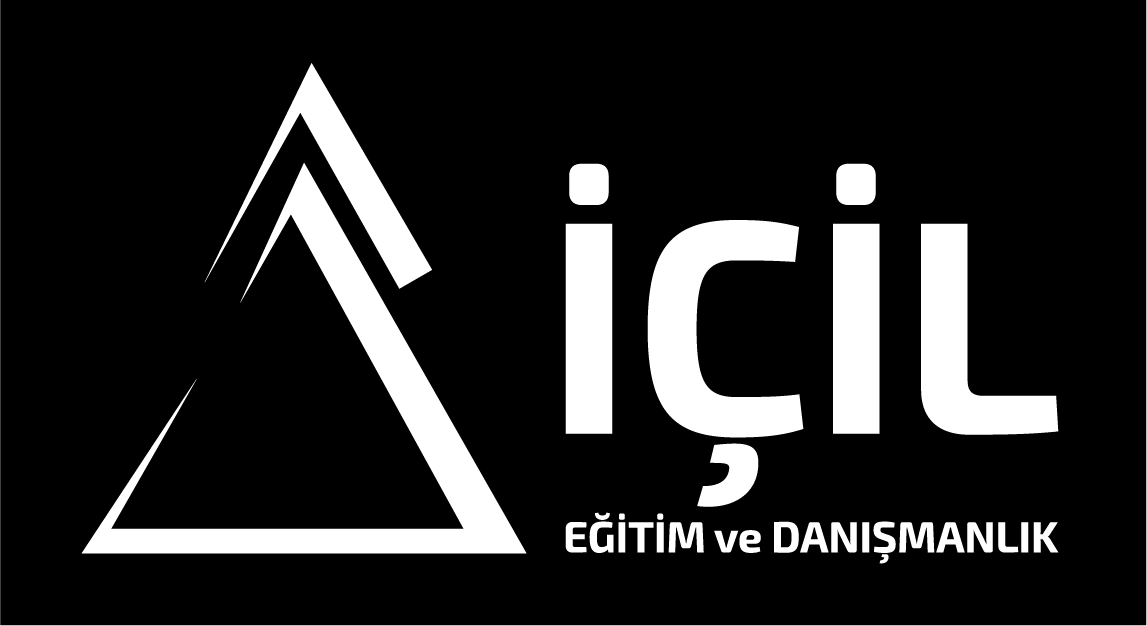Prompt Engineering (The Key to Effective Communication with Artificial Intelligence)
Artificial intelligence (AI) technologies have been advancing at a dizzying pace in recent years. Large Language Models (LLMs) like ChatGPT and Gemini are revolutionizing the AI world with extensive knowledge databases and advanced language comprehension capabilities. Thanks to their ability to interact naturally in human language, these models can answer questions across all domains, making substantial contributions to information access and problem-solving in daily life. However, getting the most out of these models requires asking the right questions and providing clear commands. This is where Prompt Engineering comes into play.
Prompt Engineering is the process of learning how to structure and optimize prompts (commands) given to AI models. For AI to provide accurate and efficient responses, it must be given clear, precise, and understandable instructions. This skill directly impacts the accuracy, quality, and creative potential of outputs from AI. While AI models are incredibly powerful tools, the results you get depend on the clarity and detail of your commands. To fully leverage AI’s capabilities, commands must be crafted with care.
The primary principles of the Prompt Engineering approach can be outlined as follows:
Clarity and Precision: To get accurate responses from AI, your commands must be clear, concise, and specific. AI can produce undesired or incorrect outcomes when faced with vague or overly broad instructions. Thus, it is crucial to specify exactly what you want. For example, instead of saying, “Write me a story,” a more specific command like, “Write me a 500-word science fiction story” helps the model understand precisely what it should do. This approach helps better direct your expectations and yields more accurate results. Specific commands don’t limit AI’s boundless creativity; rather, they guide it in a focused and efficient way.
Providing Context: For AI models to deliver optimal results, commands should be presented in the correct context. AI generates responses not only based on words but also on the context in which those words are used. Therefore, providing the model with more background information when asking a question increases the accuracy of the results. For instance, when requesting information about a historical event, including details about the time period and related events can lead to more accurate and relevant answers. The better the context is defined, the more precise and detailed the AI model’s responses will be.
Trial and Error: Prompt engineering often relies on a process of trial and error. Each question asked to an AI model can yield different results, and these results may not always be as desired on the first attempt. At this point, rephrasing the question in different ways or making small adjustments can help you achieve the best outcome. For example, you can make a general question more specific or rearrange your instructions to help the AI generate more accurate results. The trial-and-error process naturally aids in developing a better approach each time, enhancing your ability to create effective commands.
Iterations: Carefully analyzing AI’s responses and shaping your next command based on these responses is an integral part of the prompt engineering process. This approach establishes a recurring feedback loop: each response offers insights on how to optimize your instructions. When you receive incorrect or incomplete results, you can reorganize your commands by making them clearer, more detailed, or from a different perspective. With the principle of iterations, each AI response becomes a learning opportunity, enabling you to achieve sharper, more targeted results with each step.
Creativity: Don’t hesitate to use your creativity when working with AI. Ordinary and general questions may prevent you from fully utilizing AI’s capacity. Instead, asking more unique and innovative questions can unleash AI’s creative potential. For instance, rather than saying, “Suggest a marketing strategy,” a more original request such as, “Propose an innovative, potentially viral, attention-grabbing marketing strategy targeting young audiences in the digital world” can enhance the quality of the AI’s output. Creative questions not only encourage the model to offer different perspectives but also provide you with unconventional solutions.
Prompt engineering is a process that requires constant development and learning. To fully understand the capabilities and limits of AI models, you must try different approaches and learn from these experiences. Working with various AI models and diversifying your experience is crucial for developing skills in this area. You can further improve your methods by examining successful prompt examples available online and comparing them with your own experiments.
Prompt engineering stands out as an essential skill that enables more effective interaction with AI. As AI technologies are increasingly used across sectors, the importance of this field will grow. Professionals working with AI who learn to direct these models most effectively will gain a competitive edge in the business world in the future.
Mustafa İÇİL

